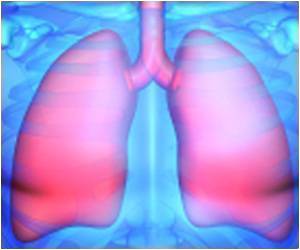“Right now, there is no way to tell whether a resident ate only their protein or only their carbohydrates,” said Kaylen Pfisterer, who co-led the research while earning a Ph.D. in systems design engineering at Waterloo.
It is estimated that more than half of residents of long-term care homes are either malnourished or at risk of malnutrition.
Food intake is now primarily monitored by staff who manually record estimates of consumption by looking at plates once residents have finished eating.
To close this gap, researchers collaborated with support workers, dietitians, and other long-term care workers to develop the system, which saves time as well as improves accuracy and would ideally be added to tablet computers already used by front-line staff to keep electronic records.
This new system is linked to recipes at the long-term care home and, using artificial intelligence, keeps track of how much of each food was eaten to make sure residents are meeting their specific nutrient requirements.
The subjectivity of that process results in an error rate of 50 percent or more. By comparison, the automated system is accurate to within five per cent, providing fine-grained information on consumption patterns.
“My vision would be to monitor and leverage any changes in food intake trends as yellow or red flags for the health status of residents more generally and for monitoring infection control,” said Pfisterer, now a scientific associate at the University Health Network Centre for Global eHealth Innovation.
This automated food intake tracking requires depth-refined semantic segmentation to rectify visual-volume discordance in long-term care homes.
Source: Medindia



